WAXING

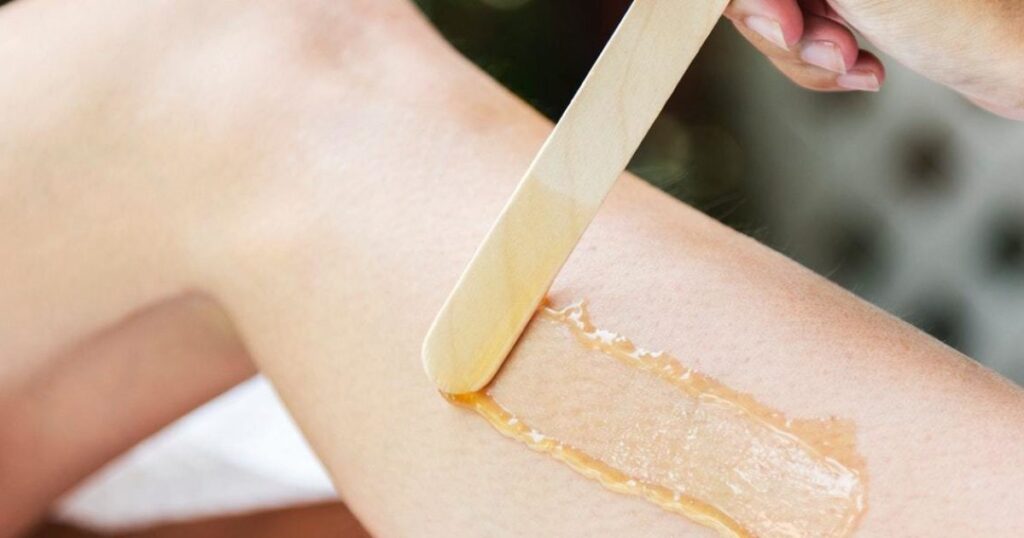
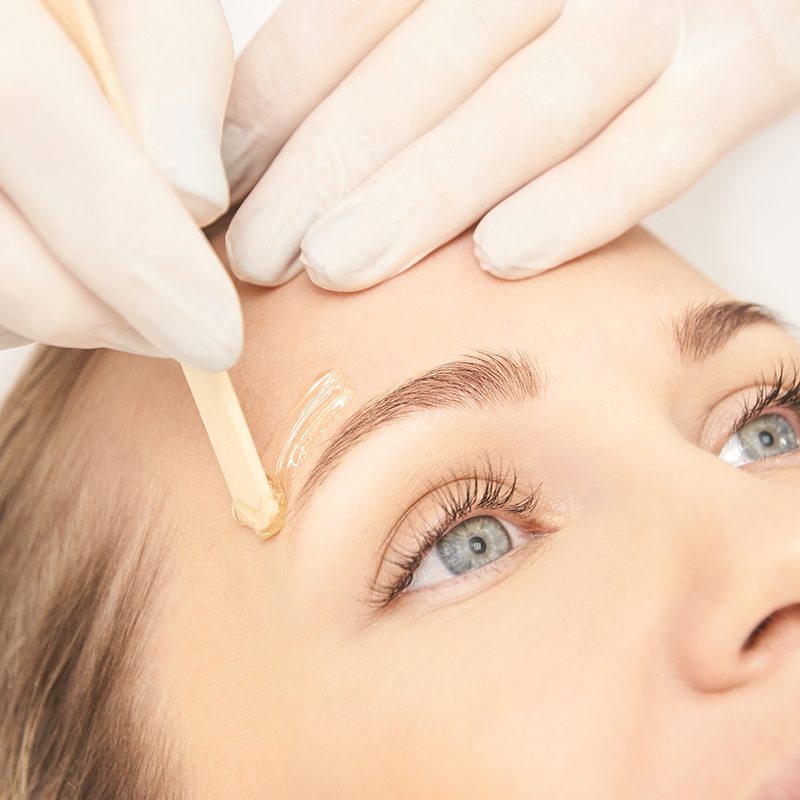

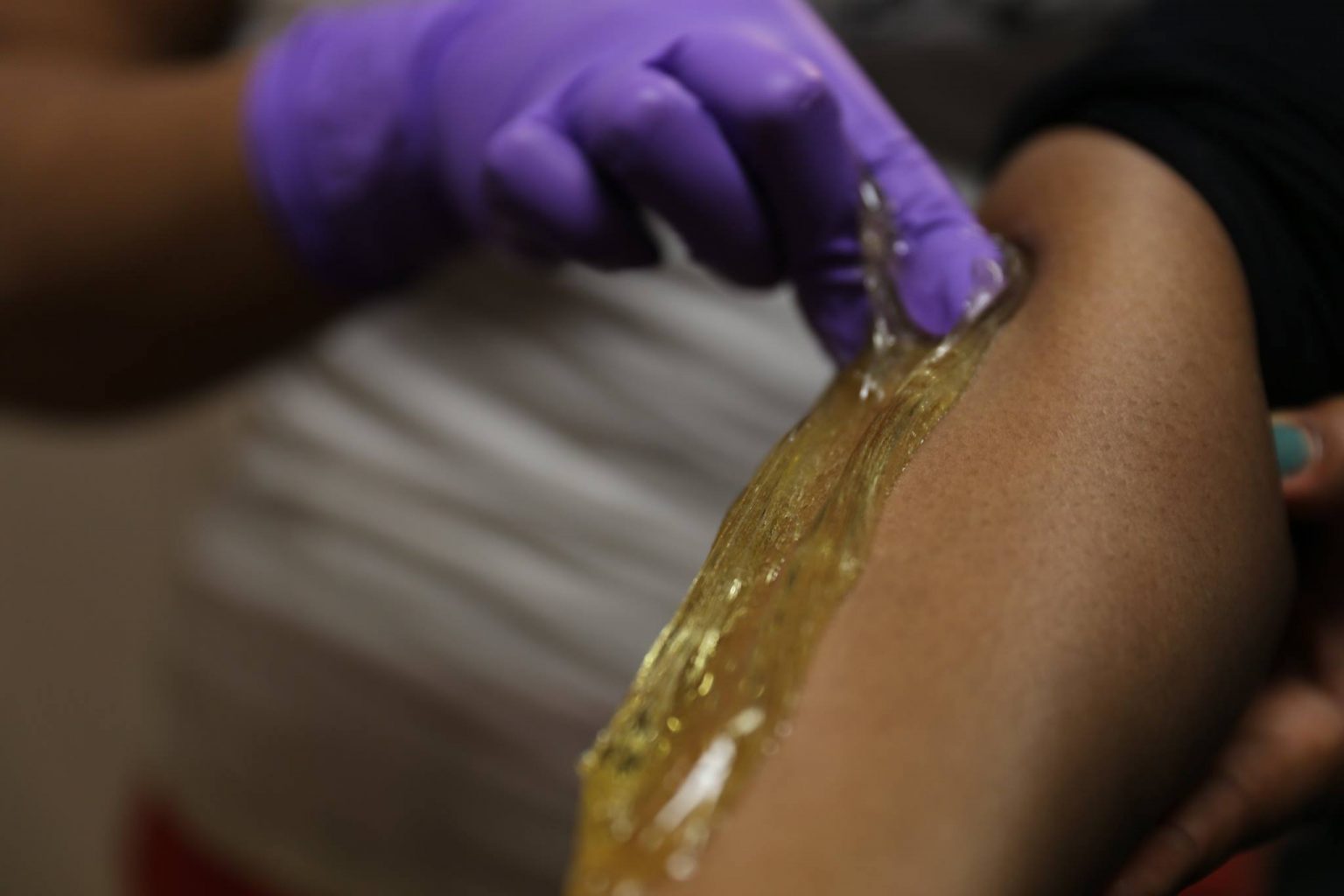
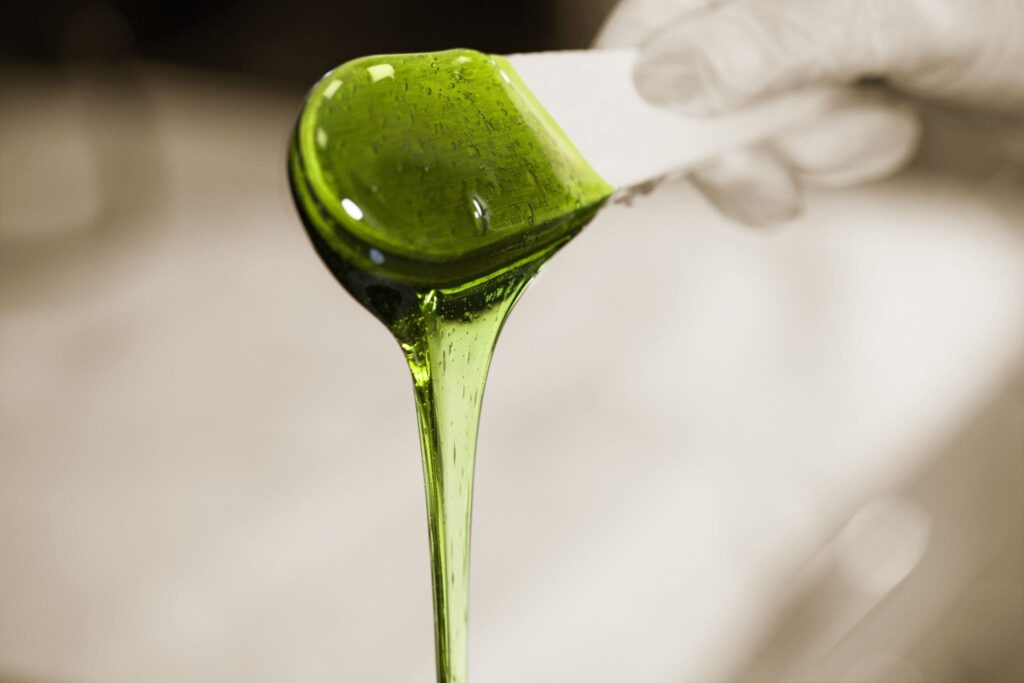
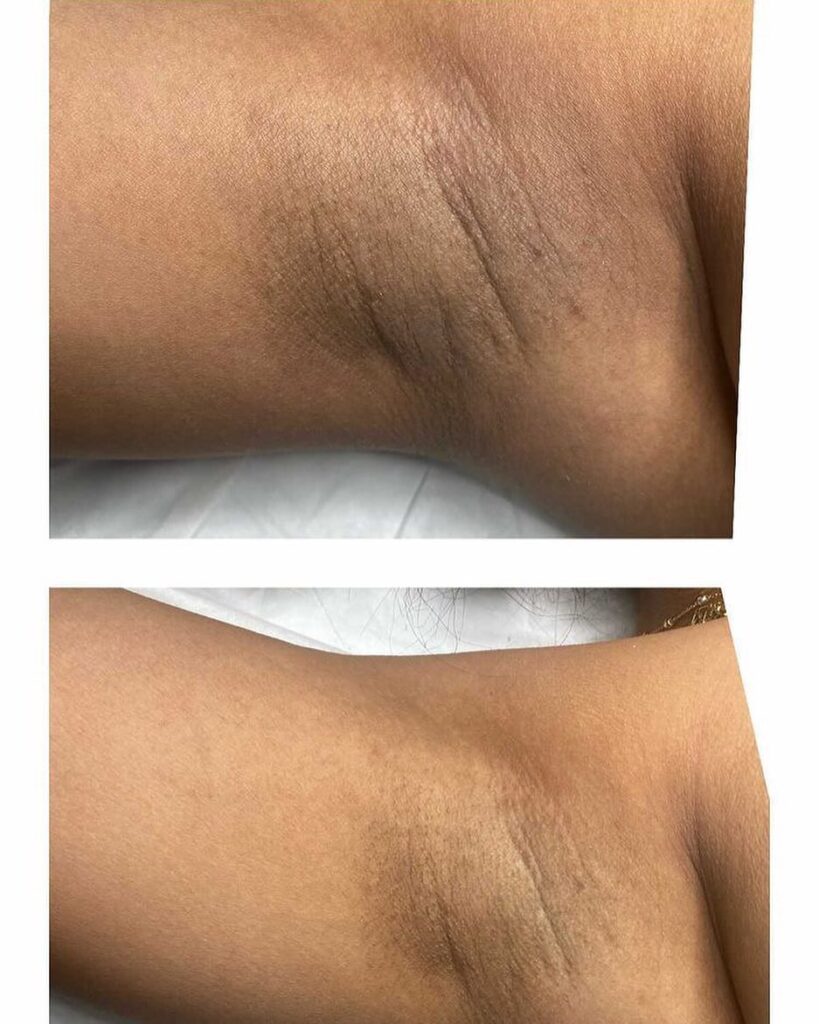
What is waxin?
Waxing is the process of removing hair from the root by using a coating of a sticky substance, such as wax, to adhere to body hair, and then removing this coating and pulling the hair out of the follicle. New hair will not grow back in the previously plucked area for four to six weeks, although some people will begin to see new growth in just one week because some of their hair is in a different human hair growth cycle. Almost any area of the body can be waxed, including the eyebrows, face, pubic hair (called bikini waxing or intimate waxing), legs, arms, back, abdomen, chest, knuckles, and feet. There are many types of hair removal suitable for removing unwanted hair.
Types of Waxing
Strip hair removal (soft wax) is achieved by spreading a thin wax over the skin. A strip of cloth or paper is applied and pressed firmly, adhering the strip to the wax and the wax to the skin. The strip is then quickly torn against the direction of hair growth, as parallel to the skin as possible to avoid skin trauma. This removes the wax along with the hair. There are different forms of hair removal with strips or soft hair removal: heated, cold or prefabricated strips. Unlike cold waxing, heated wax spreads easily over the skin. Cold waxing is thicker, making it difficult for it to spread smoothly over the skin. The pre-made strips come with the wax on them and come in different sizes for different uses on the area. [1]
Stripless wax (as opposed to strip wax) comprises both hard wax and film wax. [2] Hard wax is applied somewhat thickly and without cloth or paper strips. Film wax is similar, but it is spread in a thin film. The wax then hardens as it cools, allowing it to be easily removed by a therapist without the aid of cloths or strips. This method of hair removal is very beneficial for people who have sensitive skin. No-strip wax doesn’t stick to the skin as much as strip wax, so it’s a good choice for sensitive skin, as finer hairs are more easily removed because hard wax encapsulates the hair as it hardens . The stripless method of hair removal can also be less painful.
Contraindications
The following factors are known to make people who wax more prone to “skin lifting”, where the top layer of skin is torn during the hair removal treatment:
Taking anticoagulant medications;
Taking medications for autoimmune diseases, including lupus;
Take prednisone or steroids;
Psoriasis, eczema or other chronic skin diseases;
recent sunburn;
Recent cosmetic or reconstructive surgery;
Recent laser skin treatment;
Severe varicose veins in the legs;
Rosacea or very sensitive skin;
History of fever blisters or cold sores (waxing can cause an outbreak);
Using Trevino, Tazaronene, or any other exfoliating agent;
Recent surgical peel, microdermabrasion, or chemical peel with glycolic acid, alpha hydroxy, salicylic acid, or other acid-based products.
Waxing offers many benefits over other forms of hair removal. It is an effective method for removing large amounts of hair at once. It is a long-lasting method, since the hair in the depilated areas does not grow back for two to eight weeks. When hair is shaved or removed with depilatory cream, the hair is removed at the surface rather than at the root of the hair. Within a few days, the hair may reappear on the surface. With these methods, the hair tends to grow back into a coarse beard. Areas that are waxed repeatedly over long periods of time often show new growth that is smoother.
There are many drawbacks to waxing as well. Waxing can be painful when the strip is removed from the skin. Although the pain is not long-lasting, it can be intense, especially in sensitive areas. Another drawback to waxing is cost: Waxing is usually performed by a licensed esthetician, and in some cases the cost can be high, depending on the area waxed and the number of sessions required. There are hair removal supplies that you can do yourself, but they can be difficult to use on some areas of the body.
Another drawback to waxing is that some people experience ingrown hairs, red bumps, and minor bleeding. This is more likely to occur when epilating areas with thick hair, especially the first few times when the follicles are strongest.
